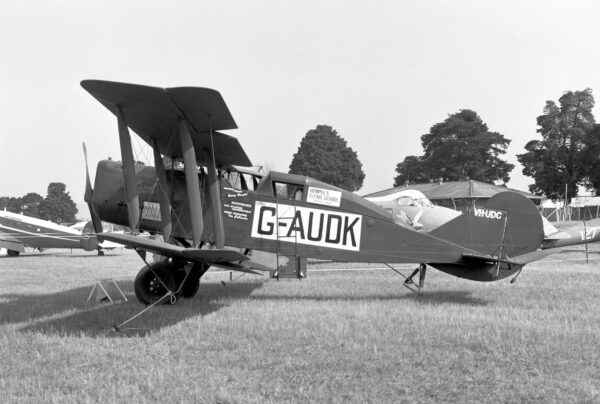Sir Charles Kingsford-Smith
Awarded the Segrave Trophy in 1930 for his east-west solo air crossing of the Atlantic from Ireland to Newfoundland in 31½ hours, and victory in 13 days, also solo, in the England to Australia Air Race, in the Southern Cross.
Photo courtesy of the National Aerospace Library/Mary Evans Picture Library

The Segrave’s first winner grasped his shiny new trophy for these two exceptional achievements, yet the Australian pilot had been conquering the skies for more than a decade. Born in Brisbane in 1897 Charles enrolled in the Australian Imperial Force (AIF) as an 18-year-old cadet, and in his first month as a pilot he brought down four enemy planes. He was himself shot down and wounded in action as an RAF fighter pilot in France in 1917, and his bravery brought him a Military Cross for gallantry and devotion to duty. After that he became a flying instructor and stunt pilot and was deeply involved in the growth of leisure and commercial aviation in Australia. Long-distance flying achievements naturally proved irresistible, such as his circuit of the country with partner Charles Ulm in a record 10 days, five hours, with minimal navigational aids. Next in 1928 they flew Southern Cross across the Pacific from California to Brisbane, in 83 hours, 38 minutes. ‘Smithy’ was knighted for services to aviation in 1932 but on the second leg of a flight from England to Australia in 1935 both pilot and plane are thought to have plunged into the sea beyond Burma and were lost forever. Southern Cross is still displayed at Brisbane International Airport.


